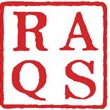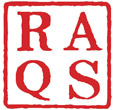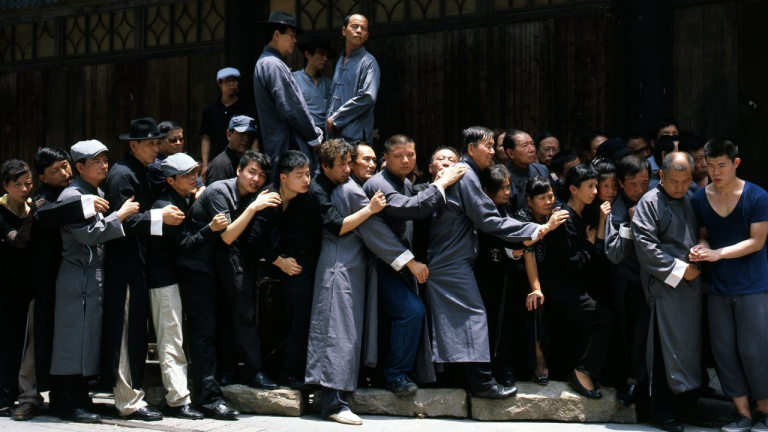Extra Time
Chronus Centre, Shanghai (2013)
Extra Time opened as the chronic Art Center’s inaugural show. The show focuses on Raqs’ investigations of time and temporality in different registers that span the spectrum of their diverse practice ranging from performance, to installation, architectural ensembles, video, and photography. By creating striking constellations of images, by using found and solicited material, quoting and transforming elements of news photography, ubiquitous signage, theatre, architecture, and broadcast sports video, Raqs points to their vision of the networked nature of artistic and cultural production in the contemporary world. The works in this show were in several instances distillations of the many conversations that Raqs maintains and cultivates across disciplines and genders with different kinds of practitioners. These are the embodiments of their dialogues with theatre, with journalistic photography, with architecture, with theory and discourse.
This polyphonic iteration of their thinking process is in keeping with their understanding of our sense of our time and their own practice as being composed of many different elements that need to speak and listen to one another. Extra Time may be seen as a result of their conversation, as a thoughtful analytical tool, a poetic device, a theatrical demonstration as well as a sporting entertainment that unpacks and recomposes these elements into a cogent yet whimsical set of statements and gestures about being alive to the demands of being artists in today’s world.
Performative installation with actors, video projection, sets
The starting point for Seen at Secundrabagh is a photograph taken in 1857 by the war photographer Felice Beato three months after a bloody mutiny within the British East India Company. Four men and a horse pose in front of the lens, surrounded by bones that had simply been left there. Fixing a moment in India’s colonial history, the image seems to be a faithful representation of the facts. However, knowing that the exposure of a photograph in those days took a long time, we can deduce that it is the outcome of pure and simple staging Seen at Secundrabagh questions the deception of images and lays bare the intrinsic simultaneity of past, present and future.




Video Loop
Henri Cartier-Bresson took a photograph of a bank run in Shanghai in December 1948: A crowd of people desperate to get their money out of a bank in order to buy gold in anticipation of an imminent collapse of the value of paper money in the lead up to the take-over of Shanghai by the People’s Liberation Army.
Every bank-run is propelled on the currents of a self-fulfilling prophecy: As people lose confidence in the value of money, they begin withdrawing money from banks in order to try and convert it into gold. This leads to a collapse of a bank’s worth; panic spreads between banks. And so, cause becomes effect becomes cause. The anticipation of the future produces conditions in the present that lead to the anticipated future. Time folds in on itself like a snake biting its own tail.
In revisiting and re-staging Cartier Bresson’s photograph in Shanghai, Raqs meet the conditions of the self-fulfilling prophecy invoked by the event captured in the original image. Cartier-Bresson’s decisive moment breaks its banks and seeks the custody of other hands. Midwived by other eyes and cameras, the image re-incarnates as its own breathing and vivid clone, close to where we are today. The memory of one moment of crisis is transposed on to the reading of another. Time folds in on itself, again.



